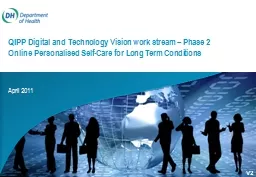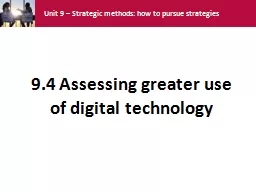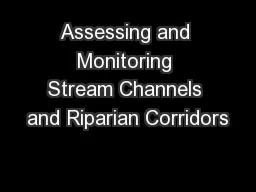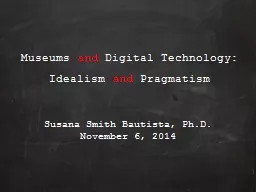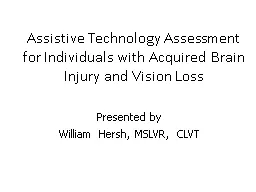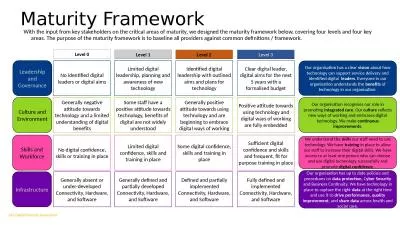PPT-QIPP Digital and Technology Vision work stream – Phase 2 Online
Author : natalia-silvester | Published Date : 2019-10-30
QIPP Digital and Technology Vision work stream Phase 2 Online Personalised SelfCare for Long Term Conditions V2 April 2011 Contents Scope amp Vision Business Focus
Presentation Embed Code
Download Presentation
Download Presentation The PPT/PDF document "QIPP Digital and Technology Vision work ..." is the property of its rightful owner. Permission is granted to download and print the materials on this website for personal, non-commercial use only, and to display it on your personal computer provided you do not modify the materials and that you retain all copyright notices contained in the materials. By downloading content from our website, you accept the terms of this agreement.
QIPP Digital and Technology Vision work stream – Phase 2 Online: Transcript
Download Rules Of Document
"QIPP Digital and Technology Vision work stream – Phase 2 Online"The content belongs to its owner. You may download and print it for personal use, without modification, and keep all copyright notices. By downloading, you agree to these terms.
Related Documents

